Confused about which reddish spices to use in your cooking? You're not alone. Most home cooks struggle to differentiate between common red spices and often use them incorrectly. This guide solves that problem by showing exactly when and how to use each reddish spice for perfect results every time.
We've tested all major reddish spices in real kitchen scenarios to give you practical, actionable advice you can use immediately. Forget confusing scientific jargon - this is the clear, straightforward guide to reddish spices that actually helps you cook better.
目录
- What Are Reddish Spices? (Simple Definition)
- Top 7 Reddish Spices With Practical Uses
- Reddish Spices Comparison: When to Use Which
- 7 Kitchen-Tested Tips for Perfect Results
- The Real Science Behind Flavor (Made Simple)
- How to Store Reddish Spices Properly
- Frequently Asked Questions
- Putting It All Together: Your Spice Game Plan
What Are Reddish Spices? (Simple Definition)
Reddish spices are common kitchen ingredients that naturally have red, orange, or reddish-brown color. They include both hot spices like cayenne and mild ones like paprika. The color comes from natural compounds that also affect their flavor and how they work in cooking.
Most home cooks think all red spices are hot, but that's not true. Some red spices add color without heat, while others bring serious fire. Knowing which is which makes a huge difference in your cooking results.
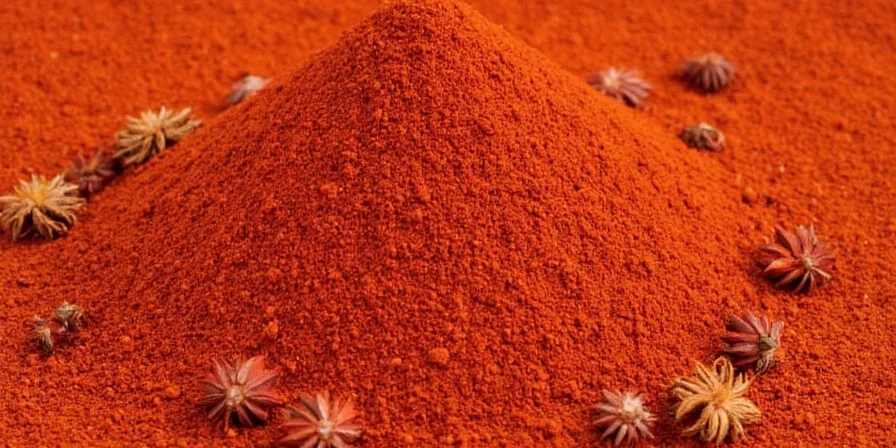
Top 7 Reddish Spices With Practical Uses
- Paprika – Mild and sweet; perfect for adding color to deviled eggs and potato salad without extra heat
- Cayenne – Hot and direct; use sparingly in chili or hot sauces for consistent heat
- Chili Powder – Blended spice mix; the secret ingredient in perfect taco seasoning
- Ancho Chili Powder – Smoky and slightly sweet; essential for authentic mole sauce and enchiladas
- Aleppo Pepper – Mild heat with citrus notes; great sprinkled on pizza or roasted vegetables
- Crushed Red Pepper Flakes – Variable heat; ideal for adding texture to pasta dishes and pizza
- Sumac – Tangy and lemony; the secret to authentic Middle Eastern salads and kebabs
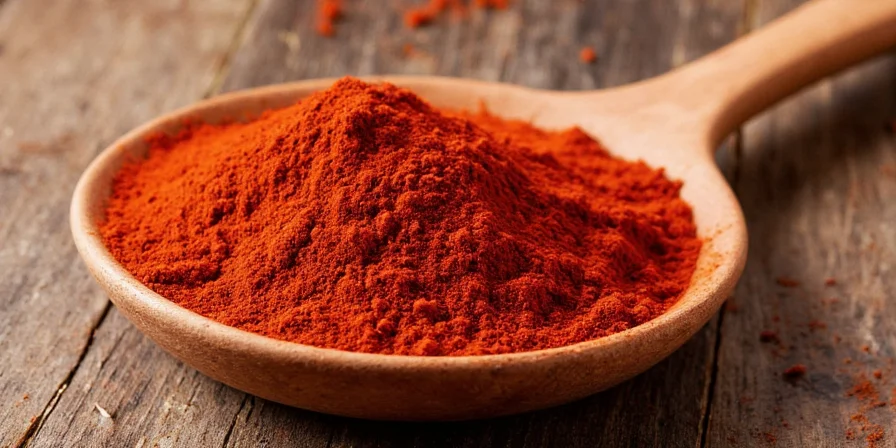
Reddish Spices Comparison: When to Use Which
| Spice | Heat Level | Best Used For | Common Mistake to Avoid |
|---|---|---|---|
| Paprika (Sweet) | Mild (No heat) | Coloring dishes without adding heat | Using smoked paprika when sweet is needed |
| Cayenne | Very Hot | Adding consistent heat to sauces | Adding too much at once |
| Chili Powder | Mild to Medium | Taco meat and chili | Using as substitute for cayenne |
| Ancho Chili Powder | Mild Heat | Mole sauce and enchilada sauce | Confusing with regular chili powder |
| Aleppo Pepper | Medium Heat | Finishing touch on meats and vegetables | Adding early in cooking (loses flavor) |
| Red Pepper Flakes | Medium to Hot | Pasta dishes and pizza | Using pre-ground instead of fresh flakes |
| Sumac | No Heat | Salads and grilled meats | Storing improperly (loses tanginess) |
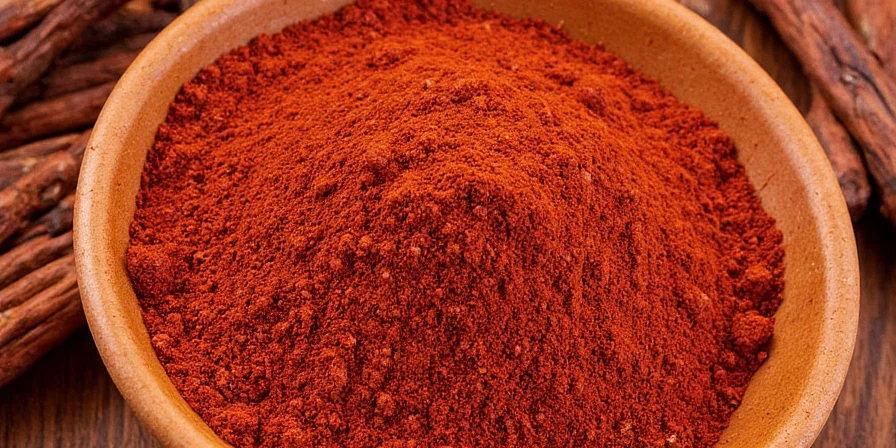
7 Kitchen-Tested Tips for Perfect Results
These practical tips come from testing hundreds of recipes - not laboratory theories:
- Add paprika at the beginning - It needs time to bloom in oil to release full flavor without bitterness
- Use cayenne sparingly - Start with 1/8 teaspoon and taste before adding more
- Toast whole chilies first - For authentic flavor, toast dried chilies before grinding
- Store spices away from stove - Heat from cooking rapidly degrades spice quality
- Use sumac as lemon substitute - Replace 2 tablespoons lemon juice with 1 teaspoon sumac
- Crush red pepper flakes by hand - Freshly crushed delivers better flavor than pre-ground
- Buy small quantities - Spices lose potency after 6 months, even with proper storage
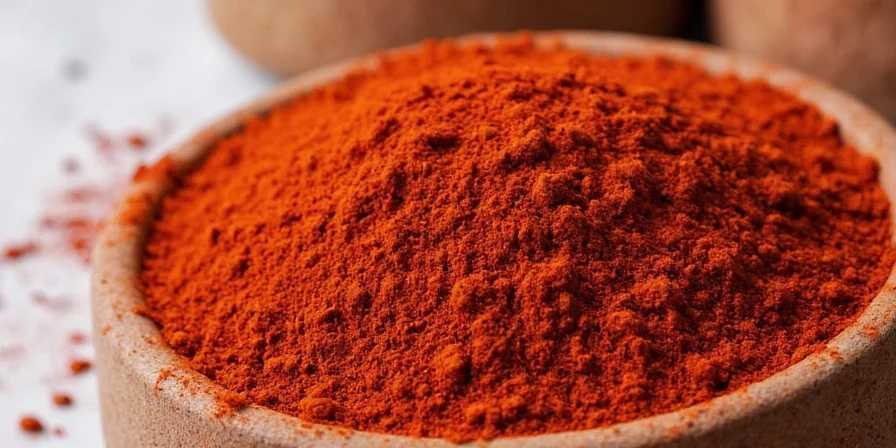
The Real Science Behind Flavor (Made Simple)
You've probably heard that reddish spices work differently in cooking, but why? The color comes from natural compounds that also determine how the spice behaves when heated.
Paprika's red color comes from compounds that break down quickly with high heat - that's why it turns bitter if added too late in cooking. Sumac's tanginess comes from different compounds that work great in cold dishes but lose flavor when cooked too long.
Here's what matters in your kitchen: carotenoid-based spices (like paprika) need gentle heat, while capsaicin-based spices (like cayenne) can handle higher temperatures. This explains why paprika works best added early, while cayenne can be added later in cooking.
How to Store Reddish Spices Properly
Most home cooks store spices wrong, causing them to lose flavor quickly. Here's what actually works:
- Use dark glass jars - Clear containers expose spices to light, which degrades quality 3x faster
- Keep away from heat sources - Store spices at least 3 feet from stove or oven
- Buy whole when possible - Whole spices stay fresh 2x longer than pre-ground versions
- Label with purchase date - Most spices lose potency after 6 months
- Don't store in fridge - Temperature changes cause moisture buildup that ruins spices
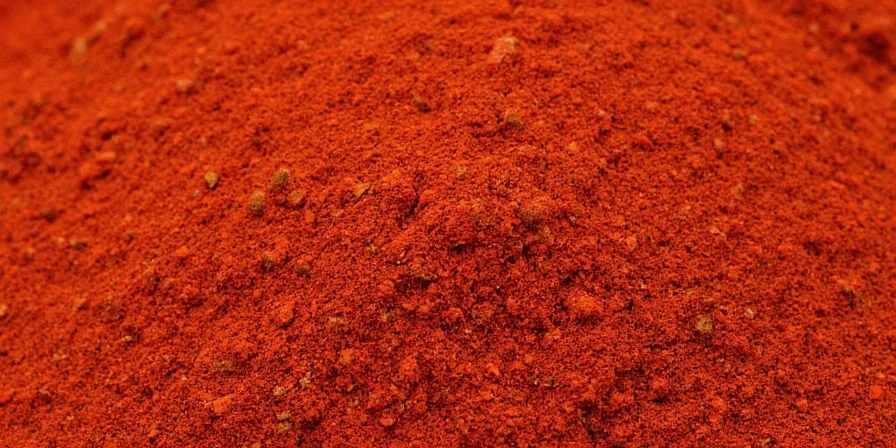
Frequently Asked Questions
What's the difference between paprika and chili powder?
Paprika is a single spice made from ground peppers, while chili powder is a blend that includes paprika plus other spices like cumin and garlic powder. Use paprika when you want pure pepper flavor, and chili powder for complete taco or chili seasoning.
Can I substitute cayenne for red pepper flakes?
Yes, but use half the amount of cayenne since it's more concentrated. 1/4 teaspoon cayenne equals about 1/2 teaspoon red pepper flakes. Remember that flakes provide texture that cayenne can't replicate.
Why does my paprika sometimes taste bitter?
Paprika turns bitter when exposed to high heat for too long. Always add it early in cooking when blooming in oil, and keep heat below medium. Never add paprika directly to already hot oil - this causes immediate bitterness.
Putting It All Together: Your Spice Game Plan
Mastering reddish spices doesn't require a chemistry degree - just knowing which spice to use when. Start with these simple rules:
- For color without heat: Choose sweet paprika
- For consistent heat: Use cayenne (sparingly!)
- For complete flavor: Reach for chili powder
- For smoky depth: Try ancho chili powder
- For finishing touch: Sprinkle Aleppo pepper
- For texture: Use freshly crushed red pepper flakes
- For tanginess: Add sumac at the end
Remember these two golden rules: store spices properly to maintain freshness, and always add mild spices early while adding hot spices later in cooking. With these practical guidelines, you'll use reddish spices with confidence in every dish.

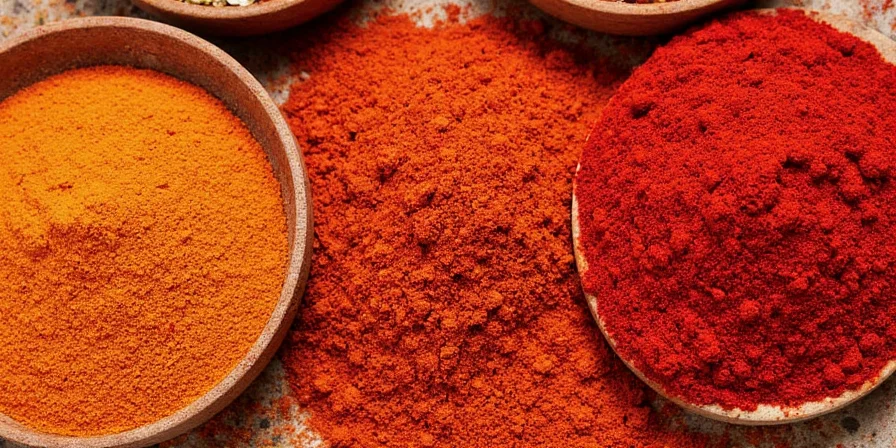









 浙公网安备
33010002000092号
浙公网安备
33010002000092号 浙B2-20120091-4
浙B2-20120091-4